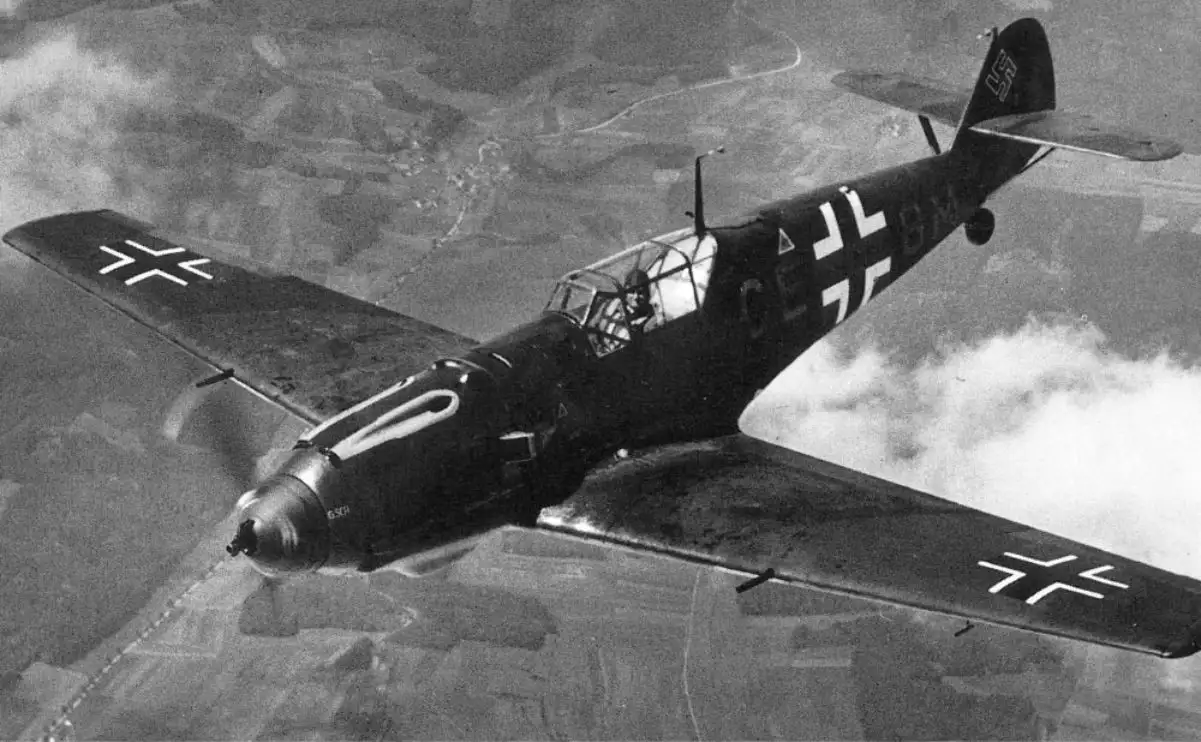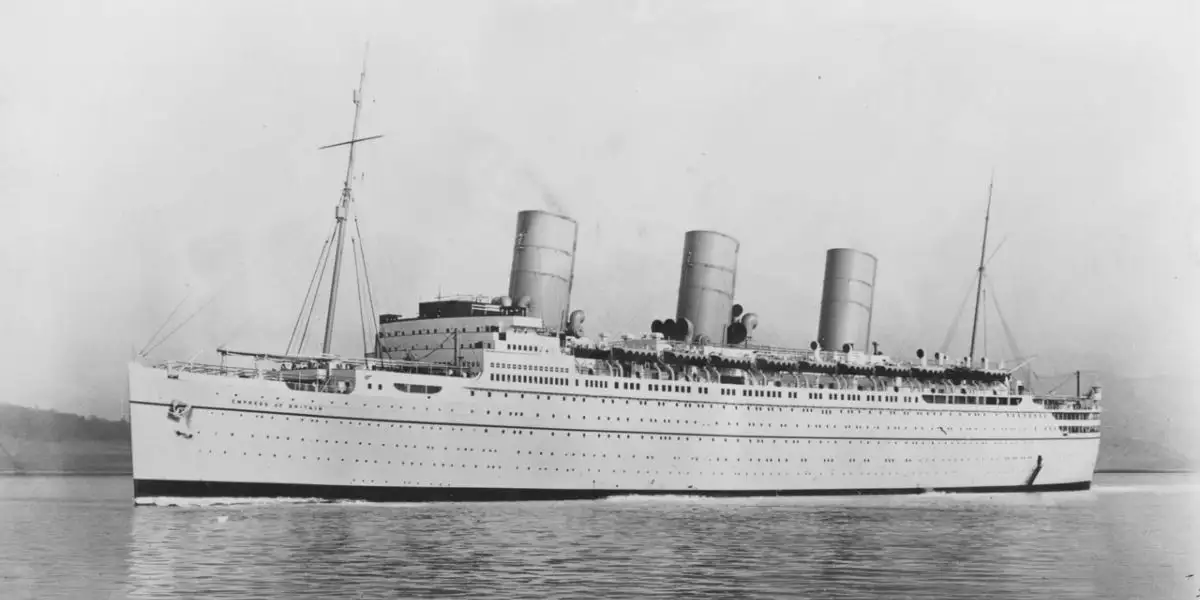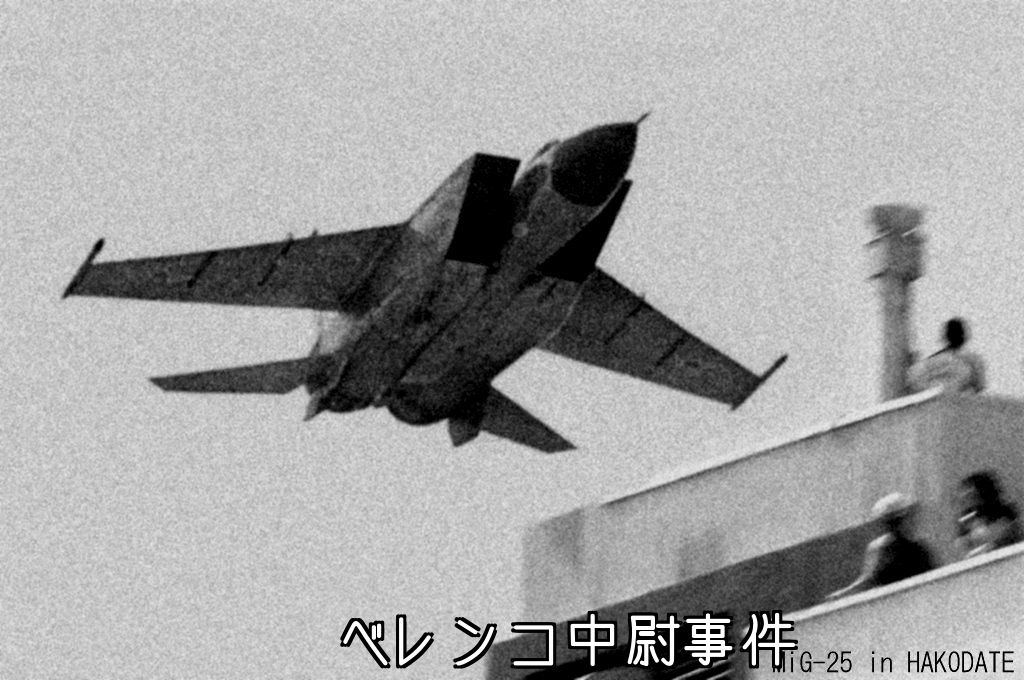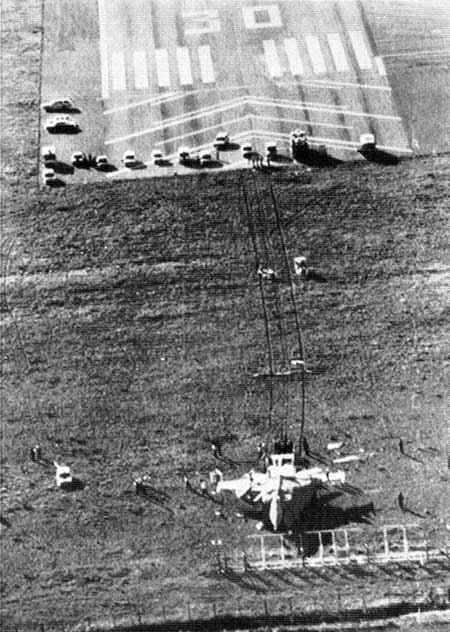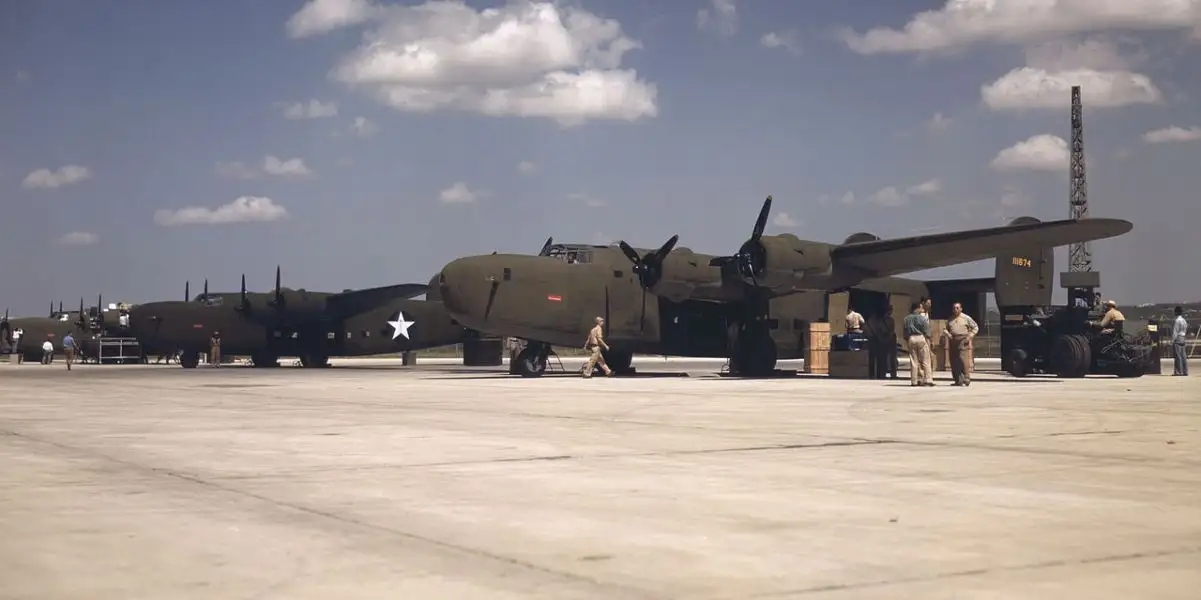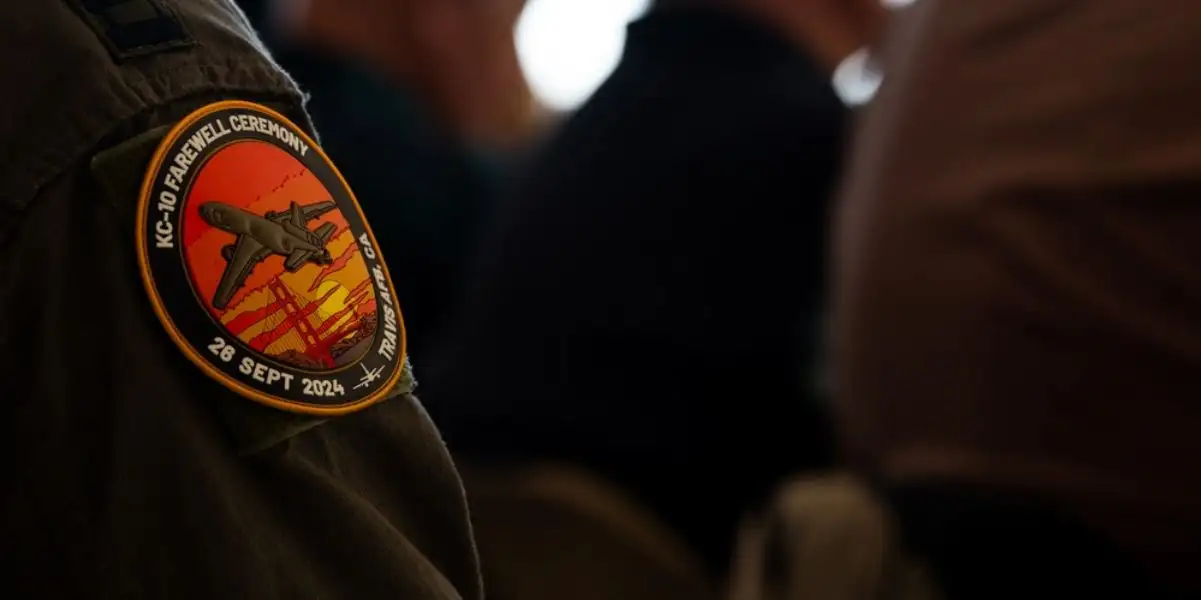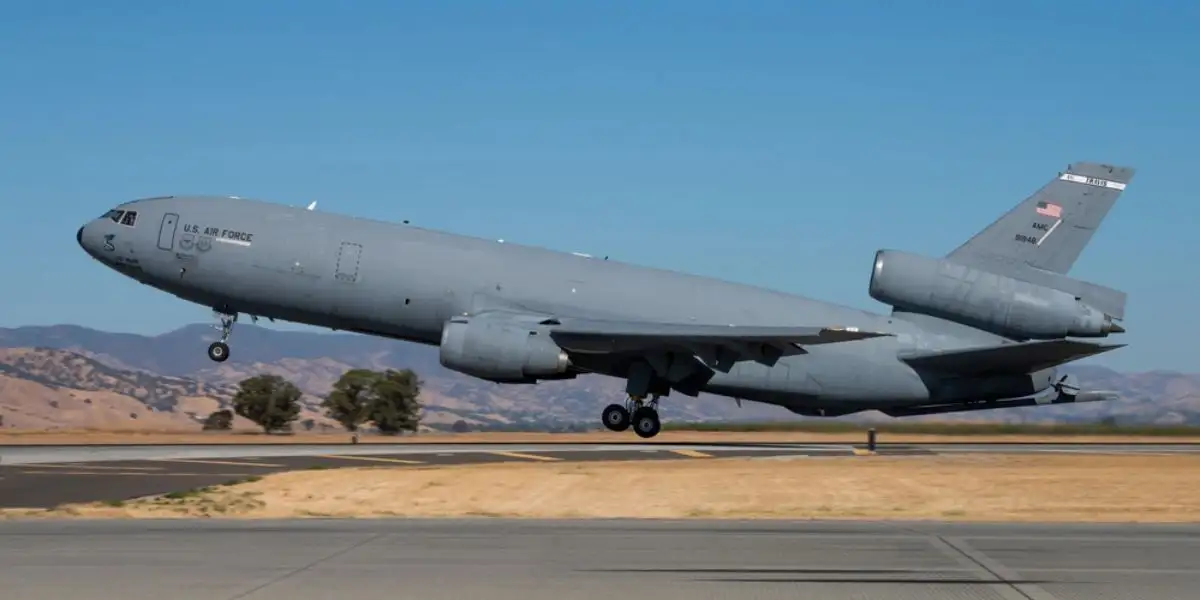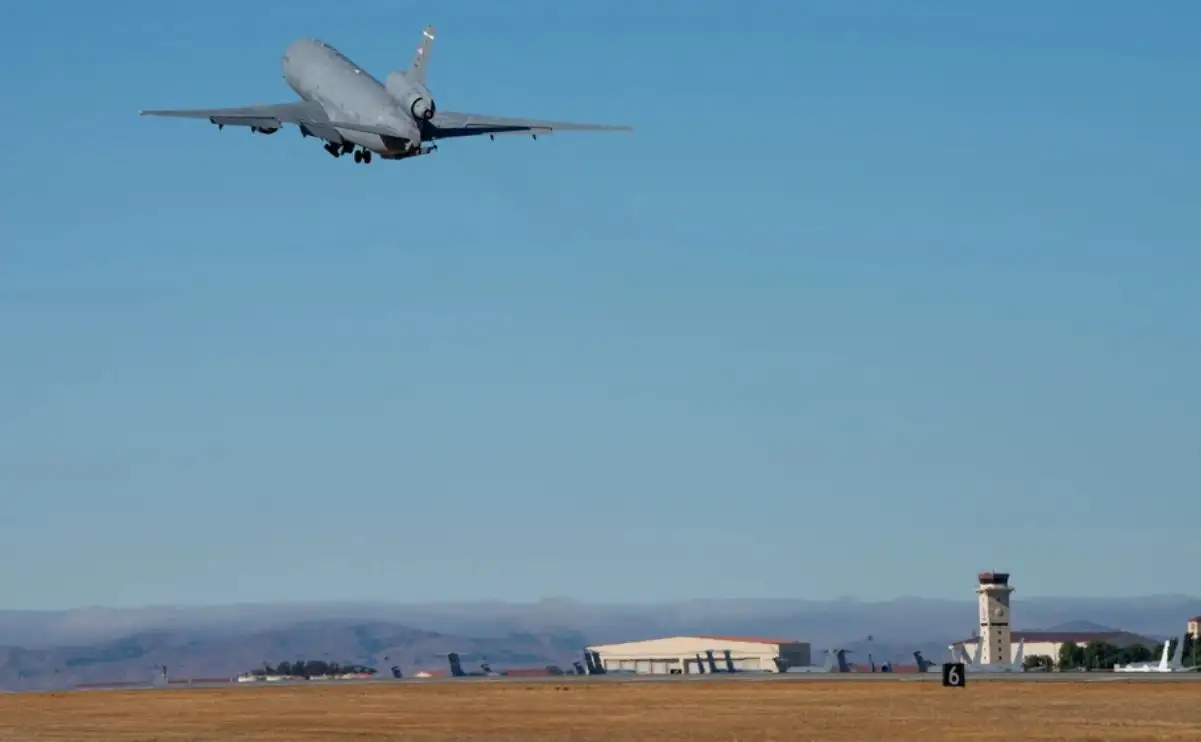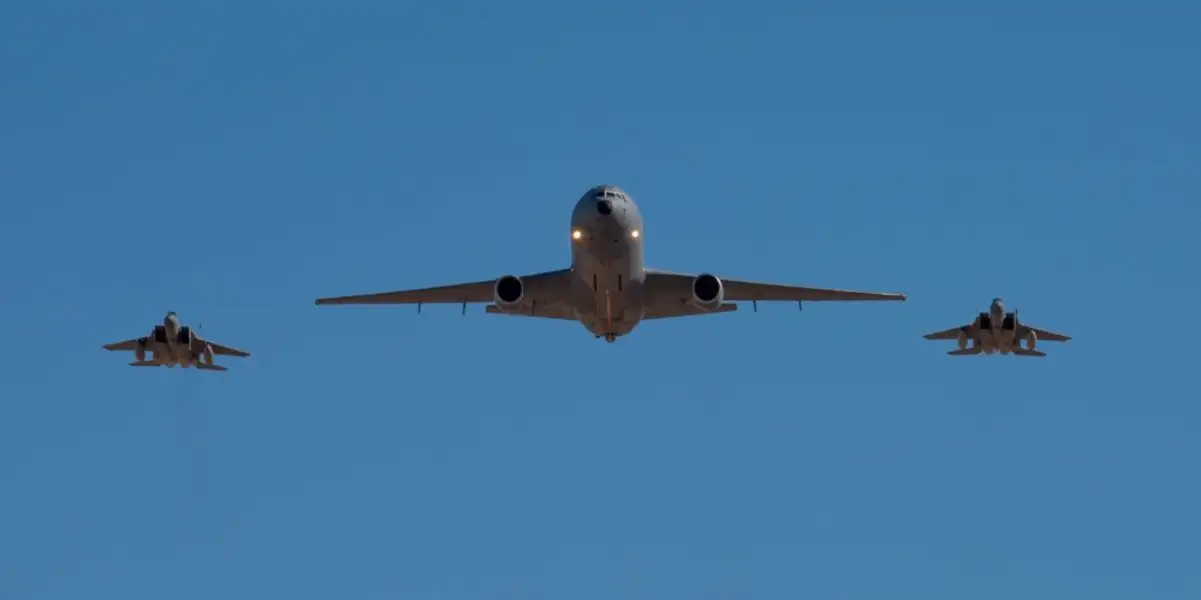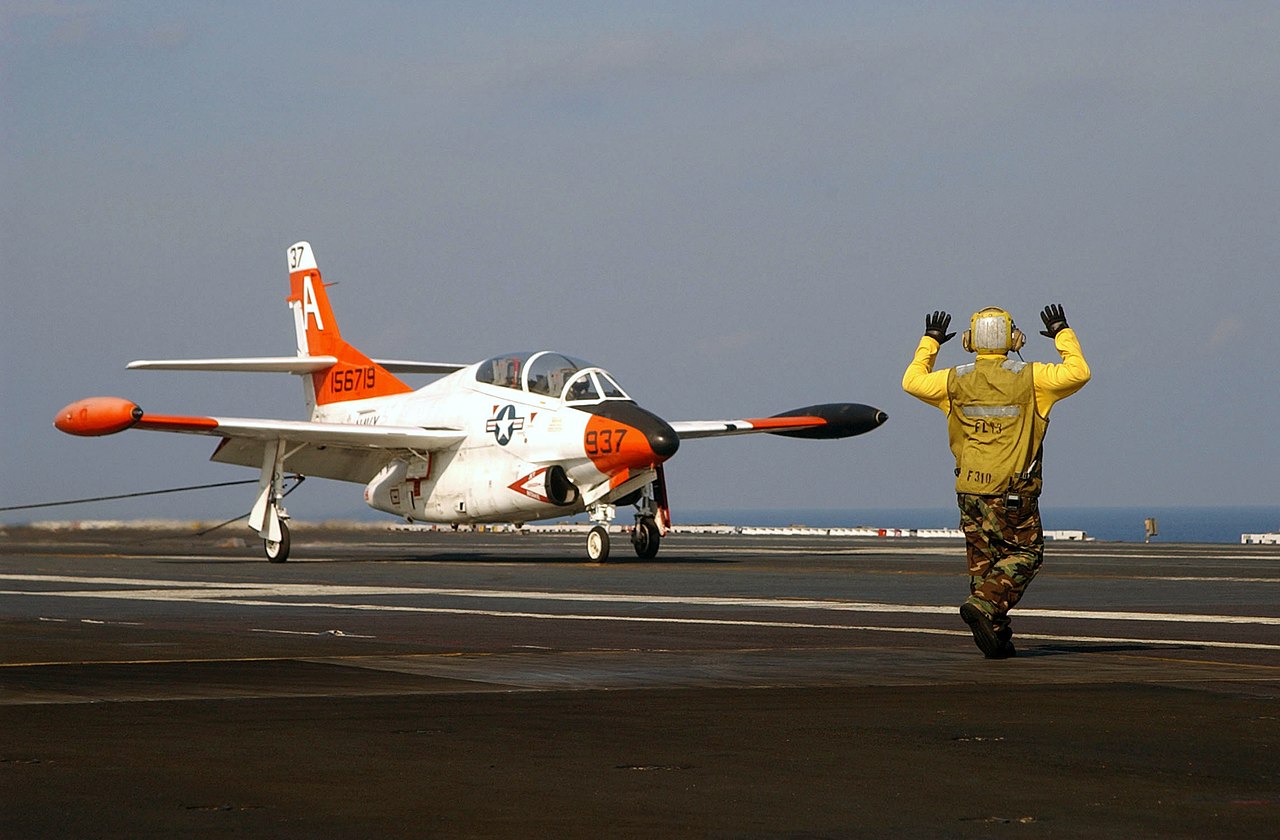B-52 Paint Scheme resembling NB-52E
On September 30, 2024, the 49th Test and Evaluation Squadron debuted a distinctive “test orange” paint scheme for the B-52 Stratofortress in honor of its legendary past. According to 1st Lt. Rebecca Abordo, US Air Force, in the article B-52 Honors Legacy with “Test Orange” Paint Scheme, this program pays tribute to the aircraft’s legacy while commemorating an important moment in its modernization.
In particular, this paint job is similar to that of the NB-52E. Redesignated as a B-52E aircraft (AF Serial No. 56-632) the NB-52E served as a testbed for various B-52 systems. Airframe fatigue from wind gusts during low-level flight was reduced by the aircraft’s canards and Load Alleviation and Mode Stabilization system.

Due to the canards, which decreased 30% of vertical and 50% of horizontal vibrations caused by wind gusts, the aircraft was able to fly 10 knots (12 mph; 19 km/h) faster in one test than the never exceed speed without damage. It is currently housed at the 309th Aerospace Maintenance and Regeneration Group’s “Boneyard.”
“A heritage orange test and evaluation paint scheme represents a rich history of substantial advancements and progress within the U.S. Air Force, the test enterprise, and the B-52’s life cycle,” said Lt. Col. Sarah Silva, 49th TES commander.
“Flight test orange”
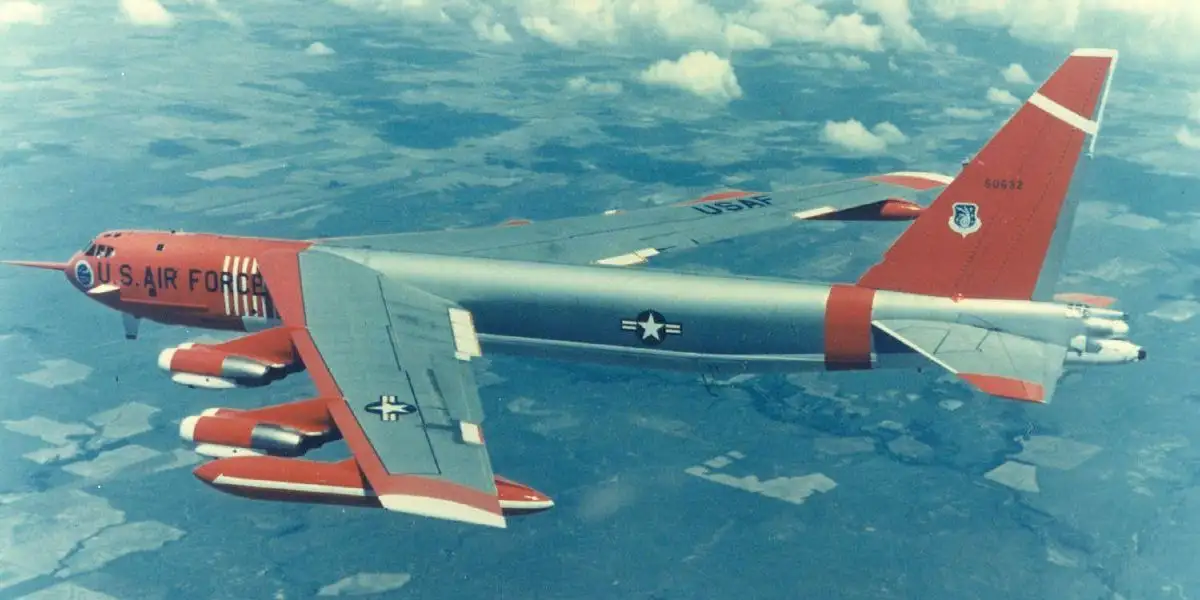
Silva underlined that the decision on color represents a critical period in the development of the B-52 and is based on testing procedures used in the 1950s and 1960s.
With origins dating back to the 1940s, Orange has long been linked to aviation testing and experimentation. The paint scheme was designed to reduce midair collisions and help recover downed aircraft. In order to increase visibility in the event that they had to eject, several pilots chose to wear orange jumpsuits.

When US Air Force Capt. Charles “Chuck” Yeager became the first person to break the sound barrier in the aircraft known as “Glamorous Glennis” in 1947, the iconic Bell XS-1—painted orange to improve visibility—set a precedent. This historic flight marked a turning point in aviation, paving the way for generations of test pilots and engineers.
In 1959, research that suggested orange as a bold color for test vehicle markings further formalized the use of orange for test aircraft. The significance of the color for aerospace testing was cemented in 1968 when the Society of Flight Test Engineers adopted “flight test orange” as part of its slogan.
The BUFF
Since its debut in the 1950s, the B-52, also referred to as the “BUFF” (Big Ugly Fat F****r), has been an essential element of the US Air Force. The B-52 has proven resilient and adaptable in numerous conflicts and missions around the world because to its long-range striking capabilities and versatility.
In 1954, the B-52A made its first flight, and in 1955, the B model went into service. The last B-52, a B-52H, was delivered in October 1962, out of a total of 744 B-52s constructed. Strategic Air Command received the first of 102 B-52Hs in May 1961. The H model can carry up to 20 air-launched cruise missiles. In addition, it can carry conventional cruise missiles that were launched in several contingencies starting in the 1990s with Operation Desert Storm and culminating with Operation Inherent Resolve in 2016.
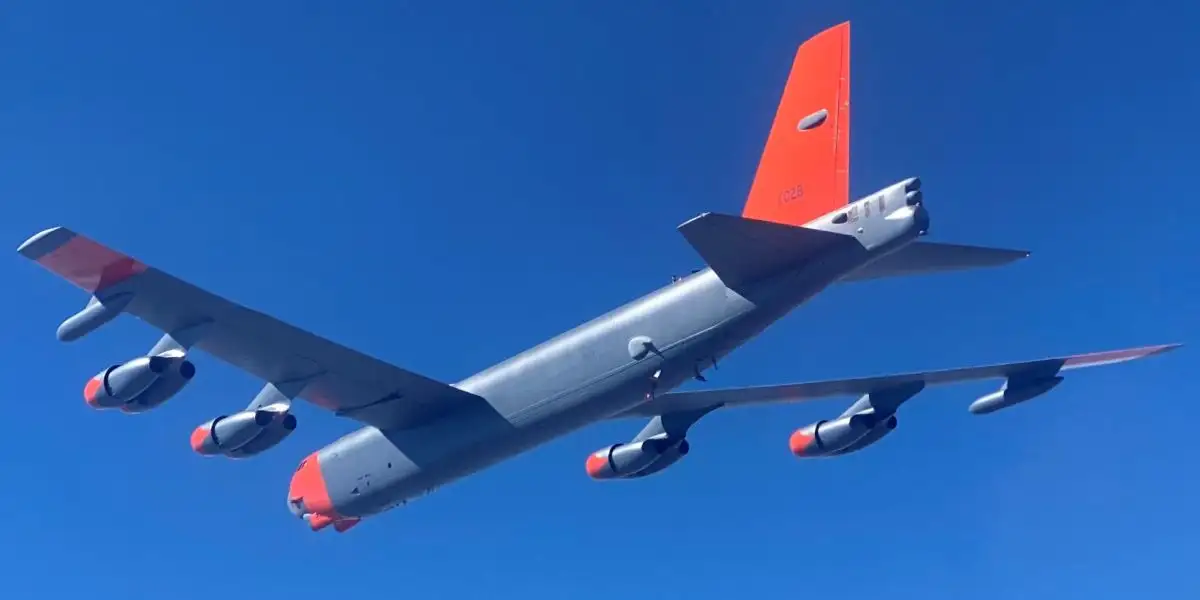
The only remaining model in the Air Force inventory is the H model, which is used by the Air Force Global Strike Command’s 5th Bomb Wing at Minot AFB in North Dakota and the 2nd Bomb Wing at Barksdale AFB in Louisiana. In addition, the aircraft is assigned to Barksdale AFB’s 307th Bomb Wing of the Air Force Reserve Command.
Today, the 49th TES is committed to blending the aircraft’s rich heritage with 21st-century technology breakthroughs as it undergoes modernization efforts to improve its systems and armament capabilities.
H/T Earl Belz
Photo by Airman 1st Class Aaron Hill / U.S. Air Force



